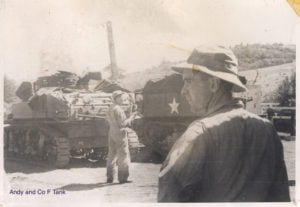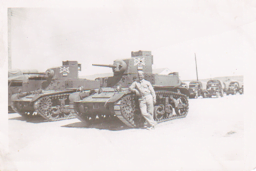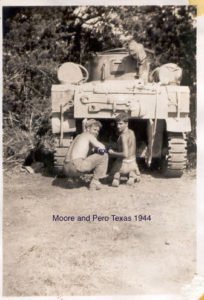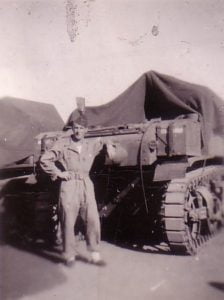The M3 & M5 Stuart Light Tank 1940 - 1945
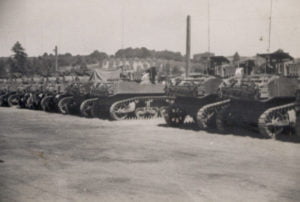 The M3 and M5 were the culmination of American tank development of the 1930s. By the time of the outbreak of the Second World War, they were approaching obsolescence, as tank forces in Europe were shifting from light to medium tanks as the main element of their armored forces.
The M3 and M5 were the culmination of American tank development of the 1930s. By the time of the outbreak of the Second World War, they were approaching obsolescence, as tank forces in Europe were shifting from light to medium tanks as the main element of their armored forces.
They first entered combat in the fall of 1941 in the Western Desert with the British Army, the Stuart quickly showed that it was inadequate in tank fighting. That story repeated itself a year later when the US Army confronted the Afrikakorps in Tunisia. But the Stuart tank was available in such large numbers that rather than withdrawing it, it was later moved to secondary missions such as reconnaissance. The M3 and M5 proved more suitable in the Pacific theater than in Europe and fought successfully in many of the major battles including Guadalcanal, Tarawa, Peleliu, Saipan and Burma.
The Stuart went through many modifications from its beginning in the early 1930s as the T1 Combat Car, M1A1 Combat Car, M2 Combat Car, M2A1 Light Tank, M2A2 Light Tank, M2A3 Light Tank, M2A4 Light Tank, M3 diesel, M3 gasoline, M3A1 diesel, M3A1 gasoline, M3A3, M5, M5A1 and M8 HMC (Assault Gun) which was used by E Troop.
As outlined in FM 2-30 Cavalry Reconnaissance Mechanized: Sec 2, F – The light tank company is the support element of the squadron. The company provides combat power to overcome minor opposition. It can be employed most effectively in combat as a unit, supported by the fire of assault guns (M8 HMC) to neutralize weapons. Sec 4. (2) – The light tank is the principal offensive weapon of the squadron. The roll of the tank is destruction of personnel. Armor provides protection against small-arms fire. The light tank has good road speed and excellent mobility across country.
The M24 Chaffee light tank was developed to replace the Stuart tank. The first 34 M24s reached Europe in November 1944 and were issued to the US 2nd Cavalry Group (Mechanized) in France. These were issued to Troop F, 2nd Cavalry Reconnaissance Squadron and Troop F, 42nd Cavalry Reconnaissance Squadron, which each received 17 M24s.
The M24 started to enter widespread use in December 1944, but they were slow in reaching the front-line combat units. By the end of the war, the light tank companies of many armored divisions were still mainly equipped with the M3/M5 Stuart tank.
Reports from the armored divisions that received them prior to the end of hostilities were generally positive. Crews liked the improved off-road performance and reliability, but were most appreciative of the 75mm main gun, which was a vast improvement over the 37mm. They were still inferior in armor to German tanks, but the bigger gun at least gave its crew a much better chance to fight back.
I can find no evidence that the 107th were issued any M24 tanks.
The 107th first major action with their Stuart tanks took place in the St. Nazaire pocket in March 1945 and is outlined in the War Stories section of my web site.
The A few photos of Company F and their Stuart Tanks from my collection.

